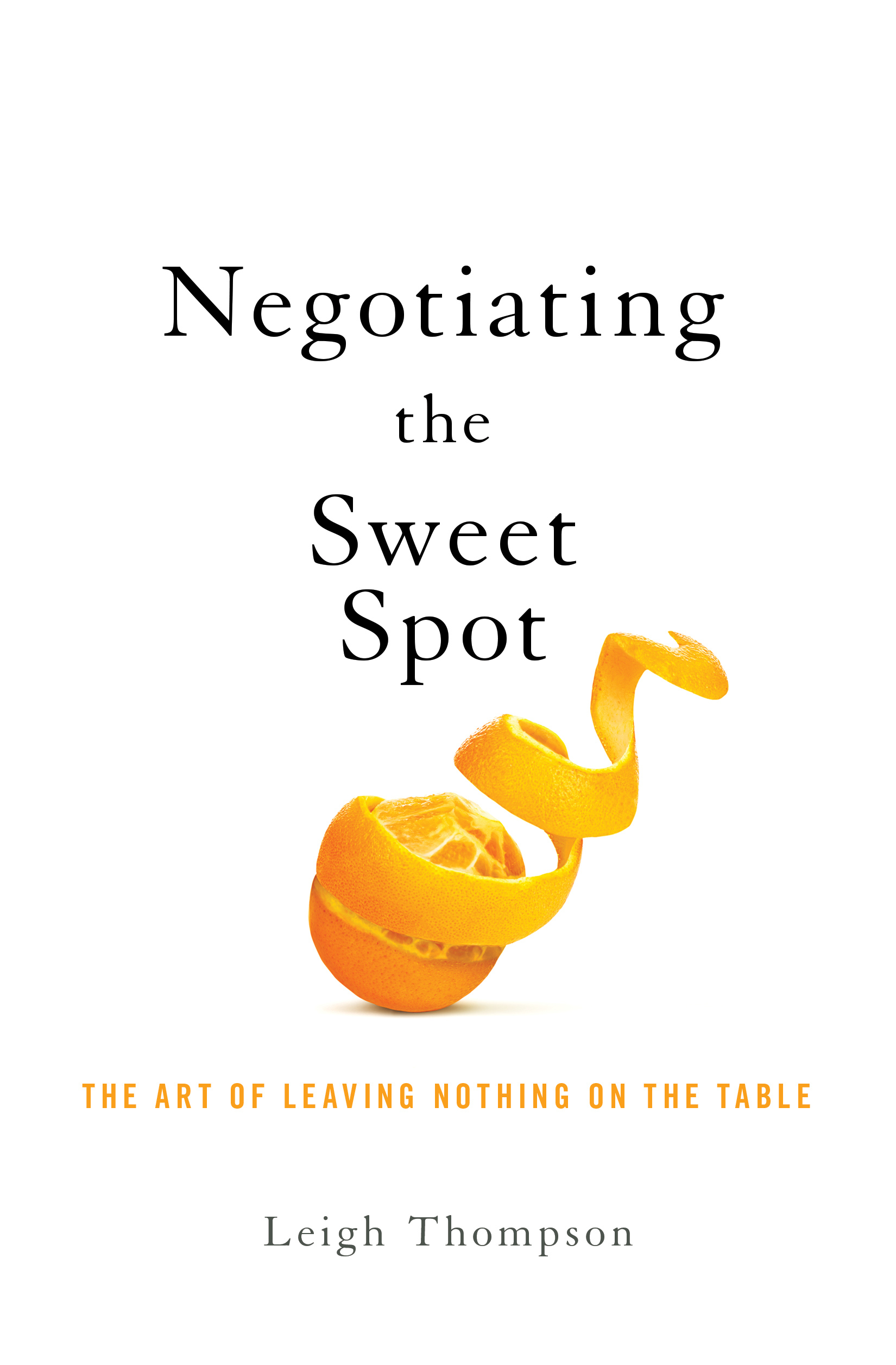Featured Faculty
J. Jay Gerber Professor of Dispute Resolution & Organizations; Professor of Management & Organizations; Director of Kellogg Team and Group Research Center; Professor of Psychology, Weinberg College of Arts & Sciences (Courtesy)

Michael Meier
By now you’re probably intimately familiar with “Zoom fatigue.”
But the exhaustion we feel after an afternoon of Zoom meetings comes from more than staring at a screen—though that surely doesn’t help matters.
“Zoom fatigue technically means the work that our brains need to do in order to understand the other people whom we’re having a meeting with,” says Leigh Thompson, a professor of management and organizations at Kellogg. “The signals that our brain is getting virtually are not the ones that we get face-to-face.”
Take eye contact, for instance: so important for building trust and facilitating turn-taking, yet nearly impossible to pull off on virtual platforms such as Zoom, Webex, or Teams.
What most of us used to rely on is not working, so we feel “in some sense depleted,” explains Thompson.
But while virtual meetings can have some severe drawbacks, Zoom needn’t be a death knell for creative collaboration. With a bit of effort, teams can even use virtual communication to their advantage. This will be key in a world where our virtual selves matter a lot more than they used to, says Thompson, who offered some advice at a recent The Insightful Leader Live event.
Here are three of the best practices she recommends for making virtual teamwork less exhausting and more inspiring.
Most people actively avoid conflict, particularly when interacting virtually. Conflict is never easy to work through. But in a virtual realm, the challenges are far more pronounced.
With fewer social interactions with our colleagues that allow us to constantly adjust and modify our communications, expressing disagreement virtually is more likely to go off the rails. And, in the absence of strong social cues and corresponding brain activity that is triggered by real human connection, we may feel less inhibited and be more likely to crack that snarky joke at a colleague’s expense. “People are not as nice when they’re communicating virtually,” says Thompson.
Even when intentions are good, misinterpretations abound. “Most people believe that they’re being hard on the problem, but the recipient feels that they’re being personally attacked,” says Thompson.
Add to this the reality that we cannot simply run down the hall or initiate an impromptu one-on-one conversation to clear up these misconceptions, and perhaps it is unsurprising that some teams overcorrect and avoid conflict at all costs.
But avoiding conflict altogether simply cannot be the solution. After all, some conflict is key to high performance. Thompson cites studies that find that a certain amount of task conflict is associated with higher creativity. For example, in one study of diversity in biotech labs, conflict was associated with more patents.
So what is the solution? Put simply, leaders need to normalize conflict during virtual teamwork. This may mean facilitating low-stakes debates so that, when the stakes are higher, the team is prepared to engage in conflict in a productive way. This step alone will mitigate one of the most insidious downsides to virtual communication. “If we can solve conflict, we can, in some sense, solve virtual communication,” says Thompson.

Order your copy of Leigh Thompson’s Negotiating the Sweet Spot: The Art of Leaving Nothing on the Table here.
Read moreFor all its downsides, virtual communication does have some very real strengths. Thompson suggests leaning into these strengths and structuring meetings that take advantage of what virtual platforms have to offer.
Take brainstorming. Research suggests that groups of individuals will collectively generate more ideas—and higher quality ideas—when they brainstorm on their own compared with doing so as part of a group. “I think it’s impossible not to get this result,” says Thompson.
After all, large, in-person group brainstorming sessions often tend to be dominated by a few voices, while other voices—particularly those of lower status participants—are inclined to self-censor.
Techniques such as “brainwriting” (where people anonymously write down their ideas ahead of time and are invited to discuss or elaborate on others’ ideas) or “speed-storming” (where people pair up to generate and discuss ideas, swapping partners every few minutes) are highly effective at counteracting these unproductive group dynamics. And, says Thompson, they are “tailor-made” for Zoom.
This is partly because virtual platforms can make it easy to break off into pairs or collaborate on a virtual whiteboard. But virtual platforms also create interpersonal dynamics that help with creativity. Specifically, they tend to collapse status differences and democratize participation, allowing lower-status or more-introverted participants to emerge as leaders.
“Substance matters a heck of a lot more than style, virtually,” Thompson says. Same goes for hierarchy. “There is no head of the Zoom table.”
Virtual communication has another benefit, of course: efficiency. Without all that pre-meeting chitchat or long-winded attempts at humor, many of us have been surprised by how quickly teams can tackle pressing issues and then go on their way.
But this is one strength that teams should not lean into—at least not always, says Thompson.
Efficiency eliminates much of the back-and-forth exchanges that can build rapport and trust and strengthen relationships.
In one study—presciently conducted before the pandemic—Thompson and a Stanford colleague asked Kellogg MBA students to negotiate a fictional business deal with peers from Stanford in a remote environment (via email). But there was a twist: while some groups got straight to business, others were instructed to have a five-minute phone call, with the only rule being that they could not discuss the business matter. They were told to “schmooze,” says Thompson.
The results? The teams that schmoozed with their virtual negotiation partners were more likely to come to an agreement. These quick phone calls seemed to act as a virtual handshake, erasing some of the distance between teams by helping them see the humanity in one another.
She advises using conversation starters when collaborating virtually—as well as, wherever possible, encouraging team members to leave their cameras on.
For more best practices about virtual communication, you can watch her entire webinar here. And for a deep dive into the ins and outs of effective negotiation, check out her latest book, Negotiating the Sweet Spot: The Art of Leaving Nothing on the Table.
Jessica Love is editor in chief of Kellogg Insight.